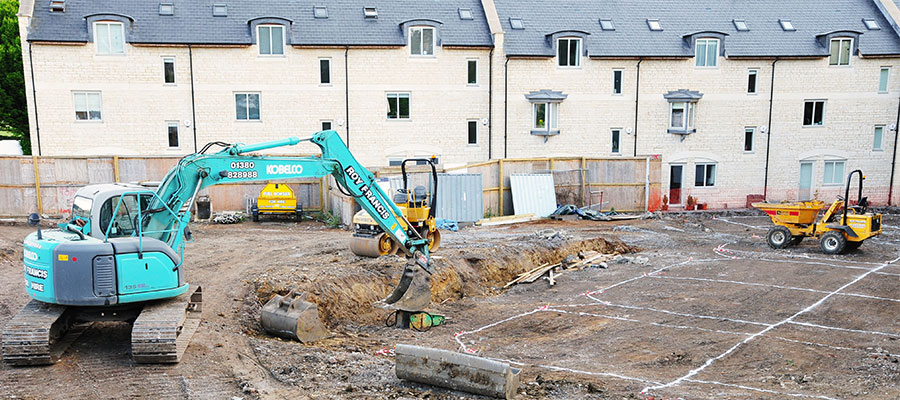By Dr Gavin Dunn, Chief Executive of the Chartered Association of Building Engineers (CABE)
The construction industry has long grappled with the challenges of closing the performance gap between as-designed and as-built building performance. From air quality to ventilation, fire safety to occupant wellbeing; how can we improve buildings and ensure we are getting the best performing building both now and in the long-term?

One of the key issues of the Hackitt review was the ‘golden thread’ of design, construction and occupation, and what happens to buildings once they are handed over. Moreover, buildings are becoming more complex and technologies are changing the way in which they operate. The problem is that this change is far outpacing the way our industry professionals maintain their expertise and knowledge. We need to adopt a better process that allows us to identify individuals who have providence and precision, and the necessary skills to do the job.
This will have to be achieved through greater education and training and it is the responsibility of the professional bodies to do this. CABE is already creating a framework to enable members to enhance their skills through the application of engineering principles that are in line with today’s ever-changing world. This can be supported by organisations such as UKAS, the UK's National Accreditation Body, taking charge of product and service certification. This way we will have competent professionals and accredited products. Together this will go a long way to putting us back on track to deliver the buildings we should be delivering.
Roles and responsibilities
The Hackitt review also highlighted the complexity of both the construction and procurement processes and correctly identified the ‘fragmentation’ within the industry. There is a lack of clarity on roles and responsibilities and ambiguity over where responsibility lies. People who are involved at the beginning of a project, whether they are a local authority or a client, are not necessarily there at the end. Therefore, the people who are signing off conditions or substitutions may well be a new team.
CABE is unique in terms of a professional body – we cover the ‘golden thread’, representing members who are all involved in the application of technology, technical standards and regulations in buildings across the design, construction, compliance, operations and maintenance of buildings.
Ultimately our challenge is that current practice in the industry is one where all too often we don’t adequately design with construction, operation and maintenance in mind. We don’t always build what we design, with product substitution commonplace and post-construction commissioning and testing rarely completed fully. We also fail to provide the end-users and maintenance teams with detailed information of what was built and how it was intended to be used.
Buildings in use
A key area where the skills and competency has been lacking is within building operations and maintenance, where technical competency and certainly the use of fully qualified engineers has not been normal practice, even on highly complex and high-risk buildings. We expect this to change and would like to see Building Engineers taking an increasing role in ensuring buildings are operated and maintained to optimise safety, wellbeing and efficient use of resources.
Documentation and digital technology, including BIM and blockchain, will probably have a key role to play in ensuring technical information is correct, available to all future stakeholders and kept up-to-date, but also used in more precisely assigning accountability in the future if things go wrong.
Regulatory requirements and the robust enforcement of minimum standards are key for safety critical issues on high-risk projects. Only with robust enforcement and professional accountability can you create the level playing field necessary to ensure that meeting the minimum is always the norm, but also create opportunities for value-added services and quality-based competition which currently doesn’t happen because of non-compliant competition in the marketplace.
While there is still much to do as an industry to close the gap on performance, CABE and its members are uniquely placed to ensure change happens and can play a significant role in ensuring the golden thread of design intent is preserved, thus creating a better and safer built environment.
For more information on CABE, visit www.cbuilde.com.
Photo: 1000 Words / Shutterstock.com
- Log in to post comments













